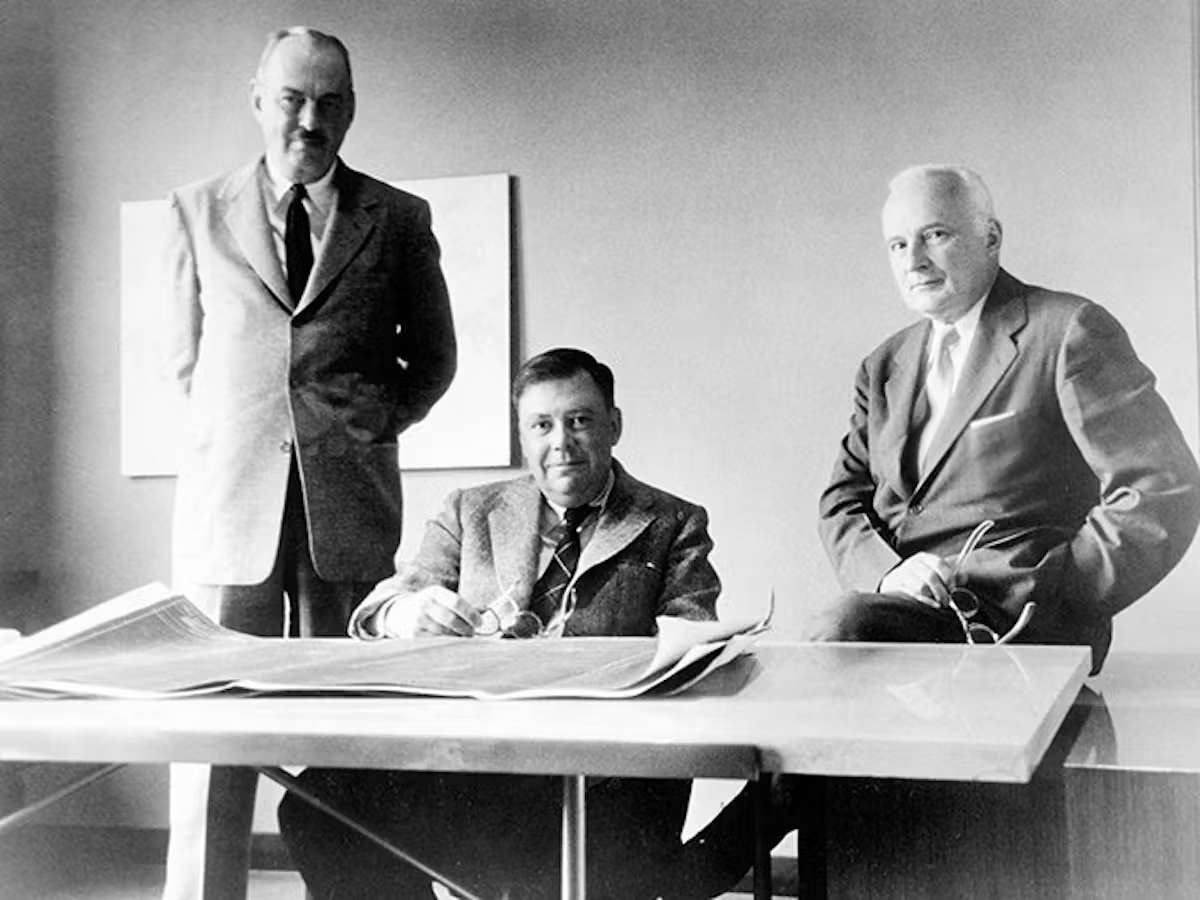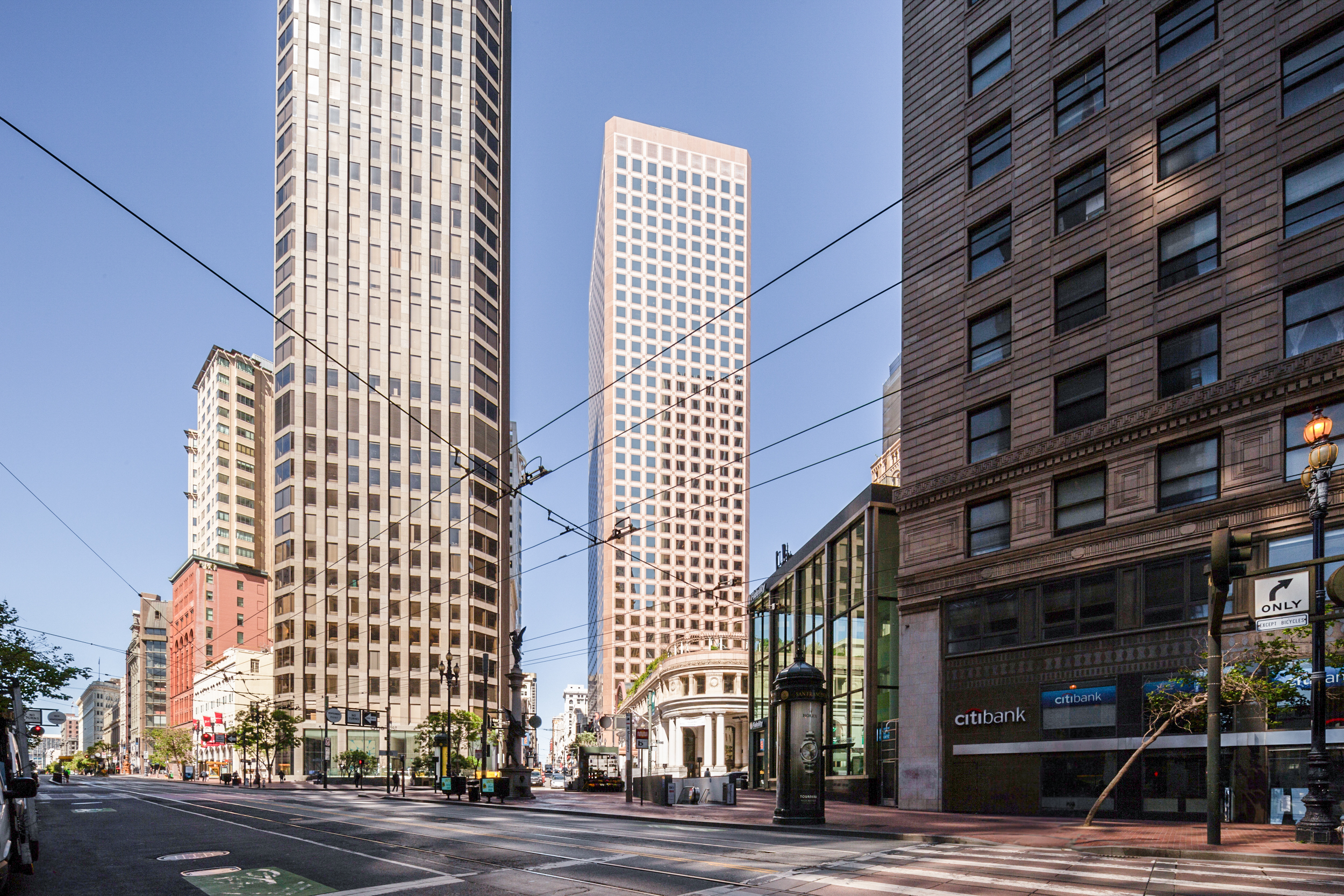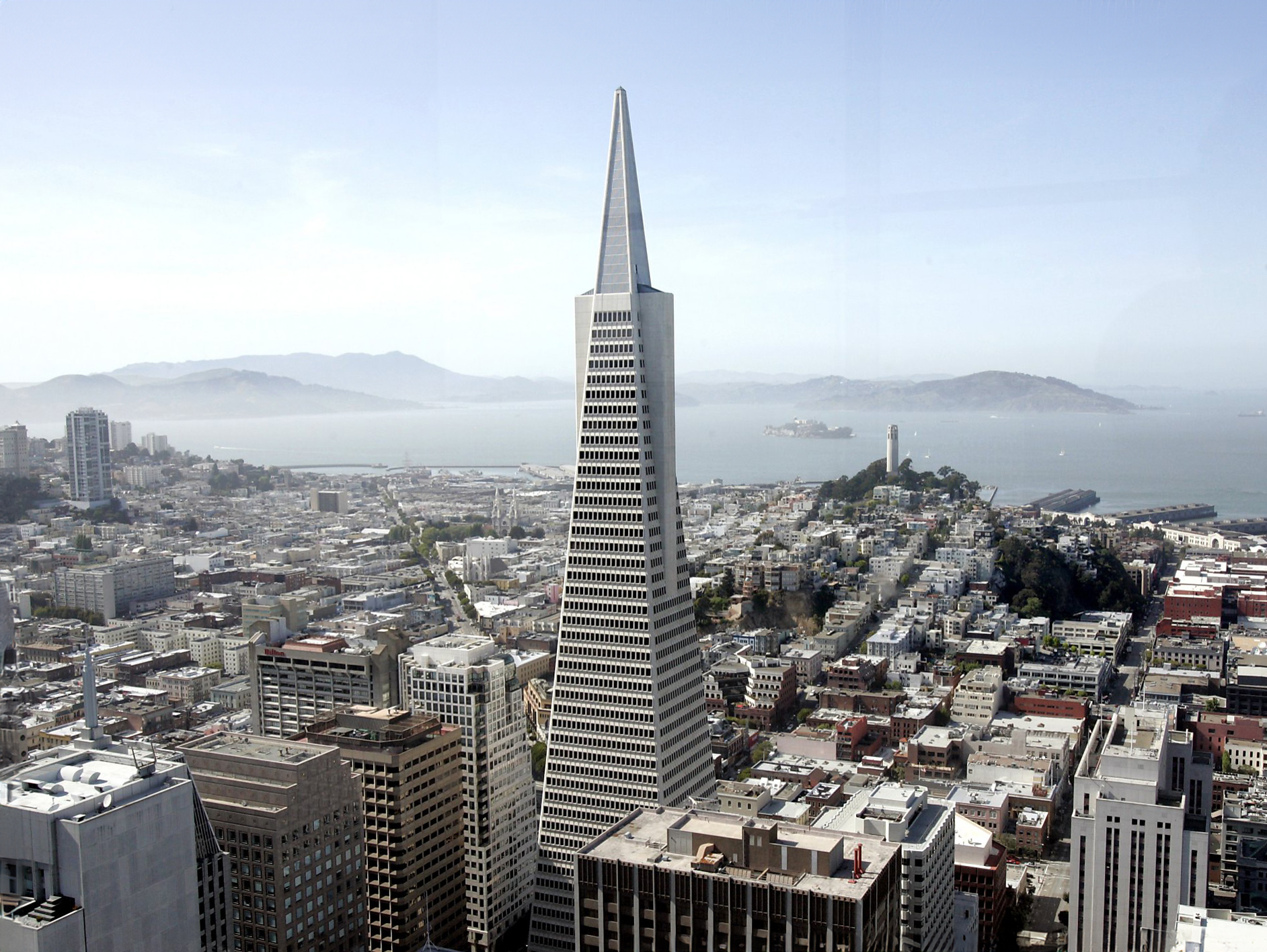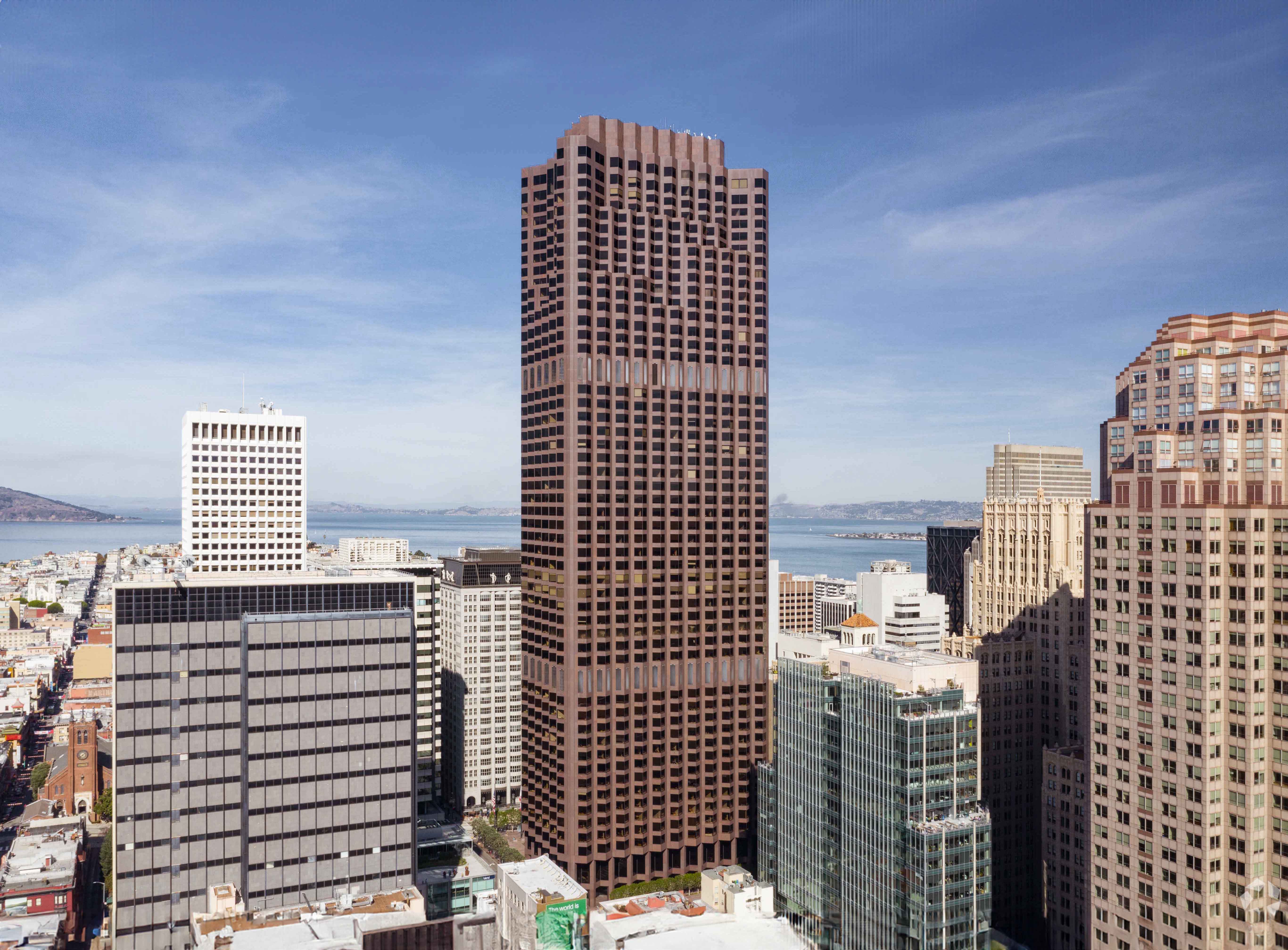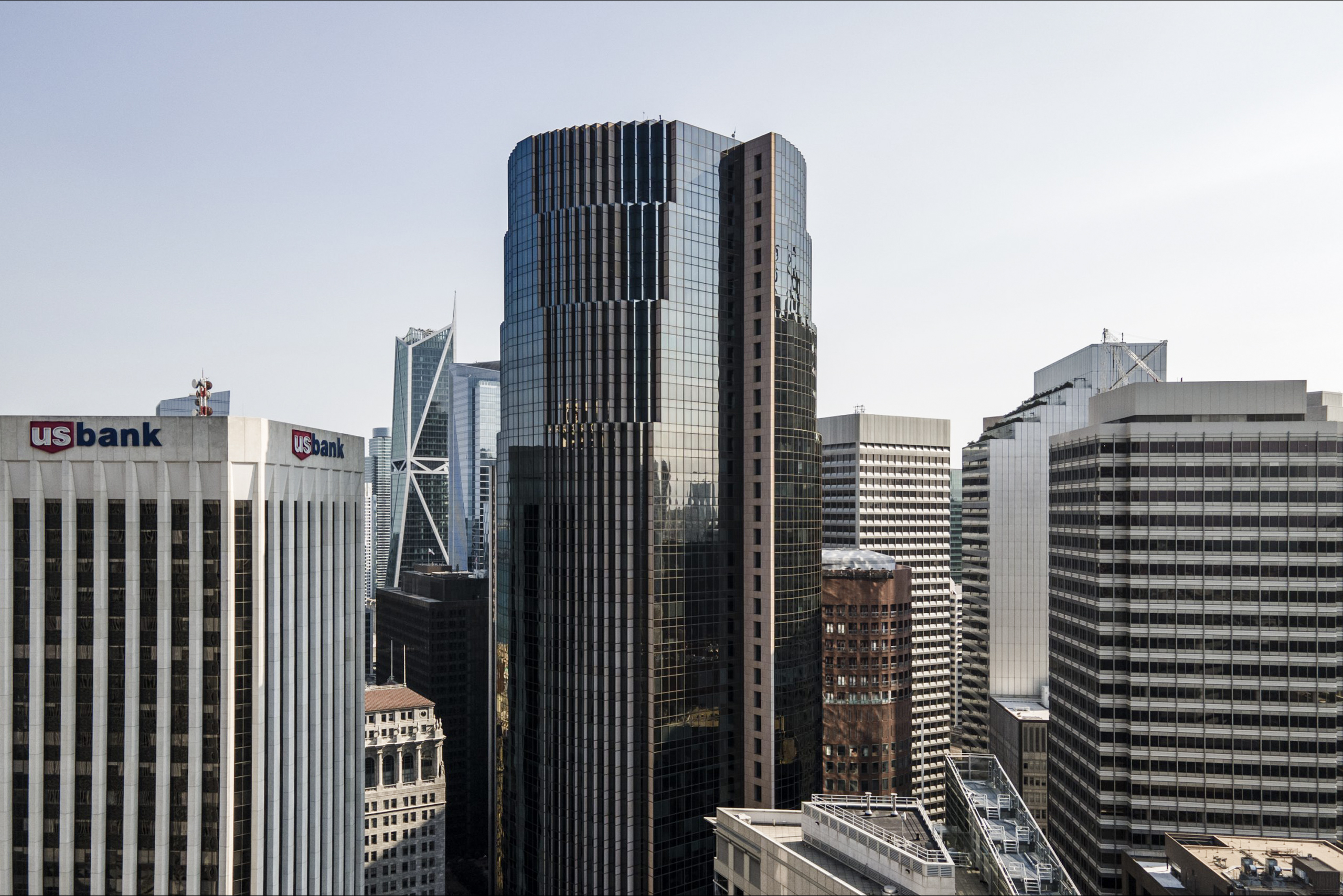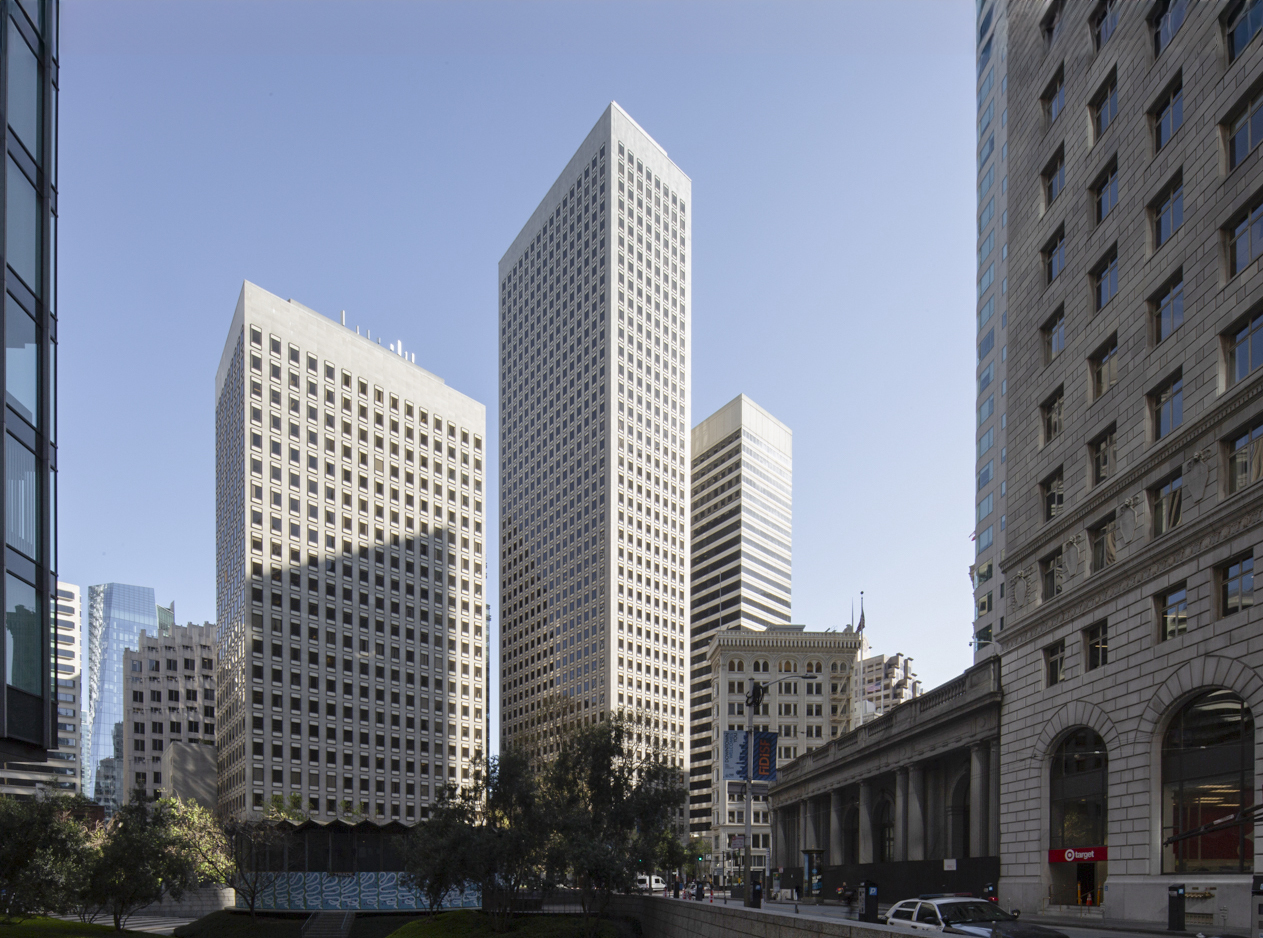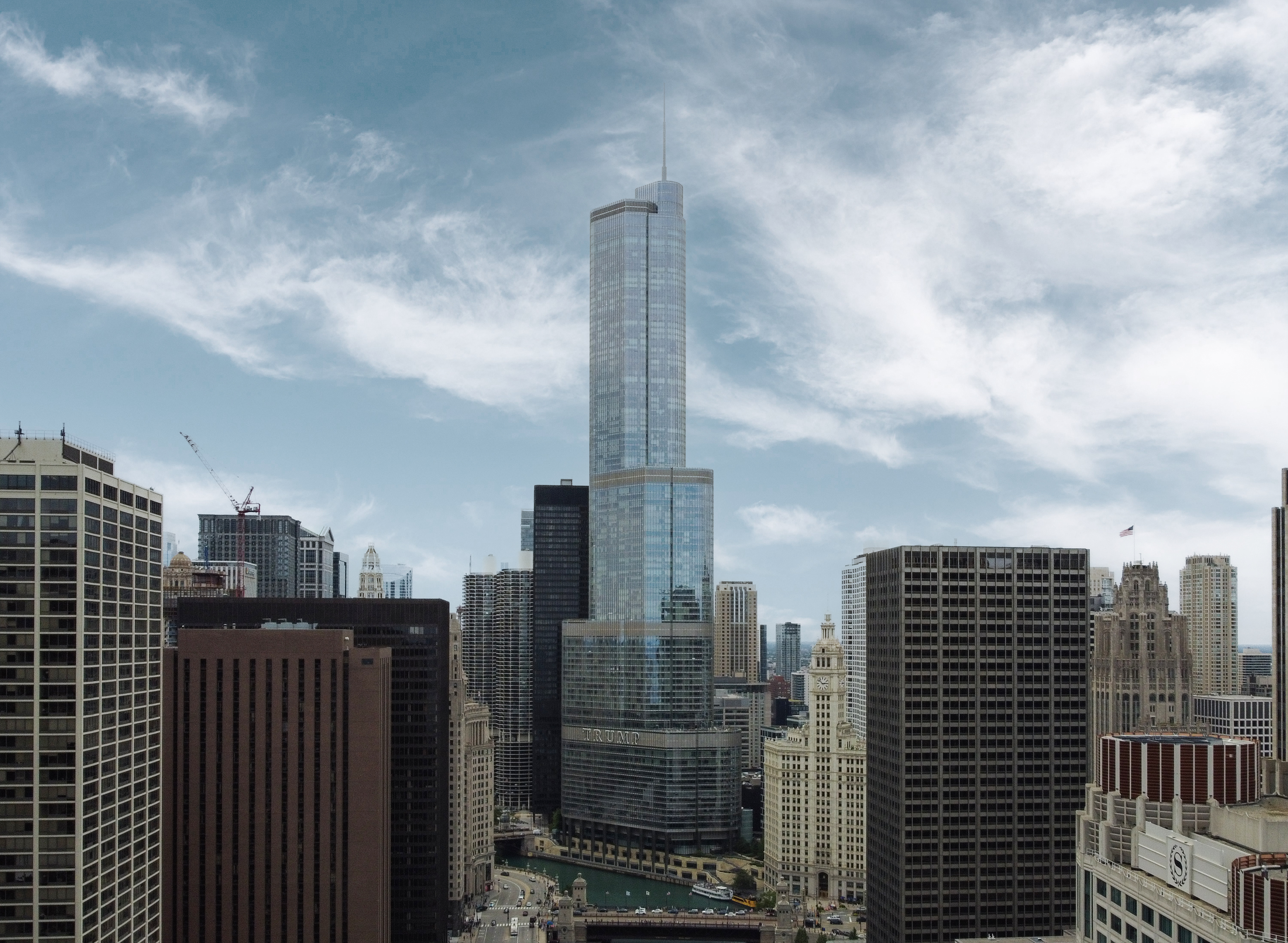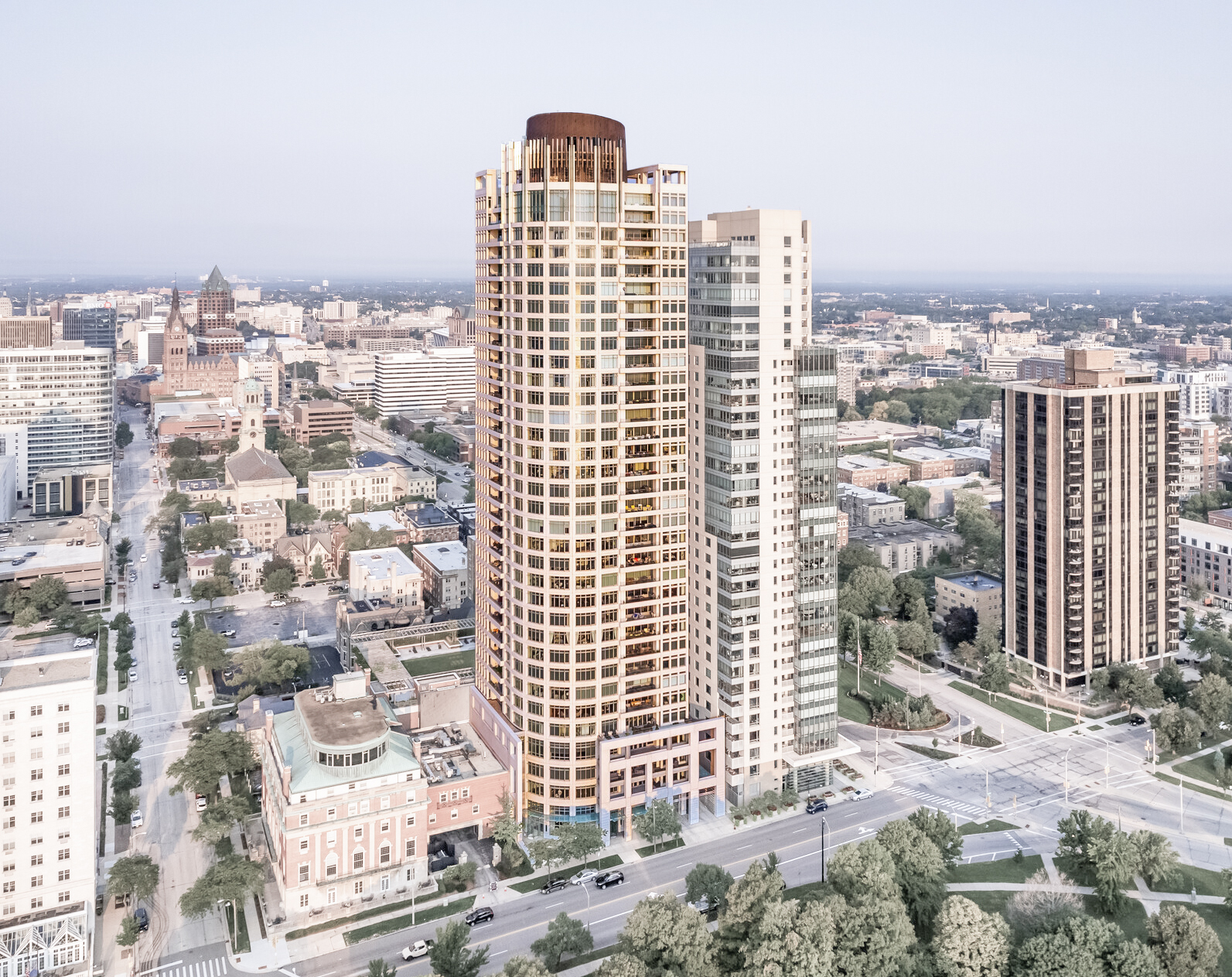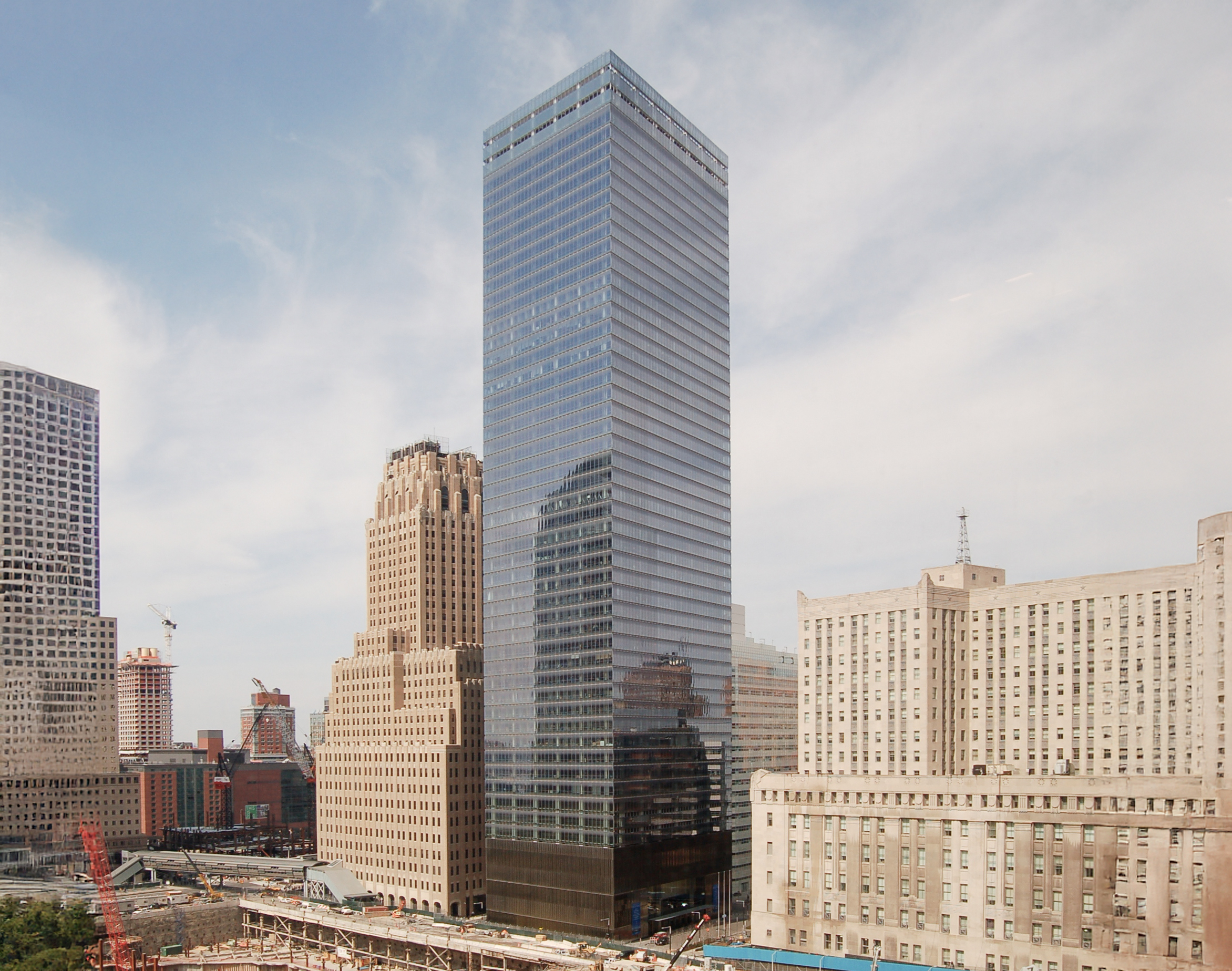The 345 California Center is a Postmodernist skyscraper designed by Skidmore, Owings & Merrill, and built in 1986, for a reported $83.0 million dollars, in San Francisco, CA.
Its precise street address is 345 California Street, San Francisco, CA. You can also find it on the map here.
In 2015 the 345 California Center was awarded with the BOMA Innovative Earth Award.

